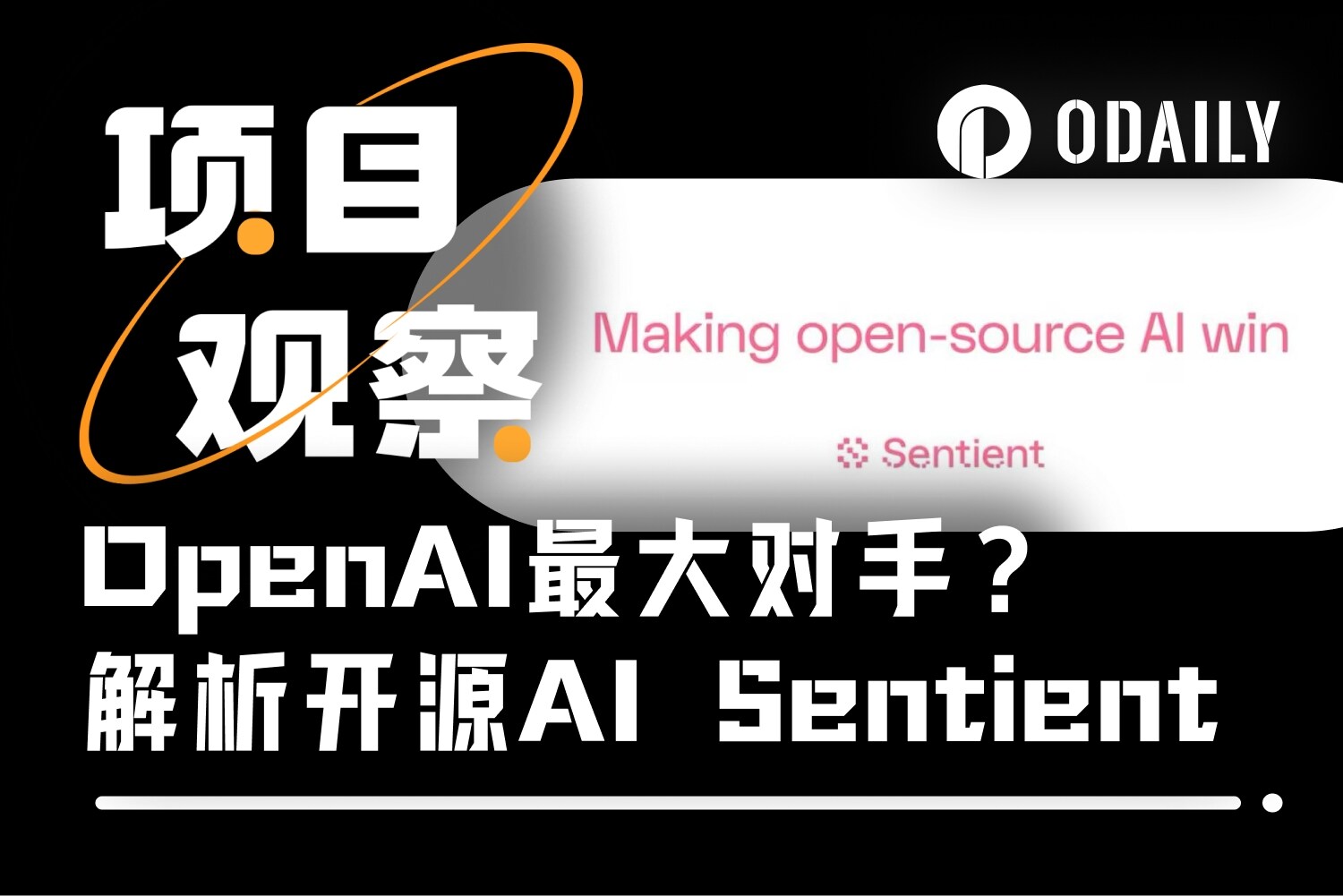From Layer 2 to Layer 3, modular blockchain brings a new chapter

introduction
The seeds of the Layer 2 ecosystem have thrived in the aftermath of the last crypto winter, and tens of thousands of applications have been launched on Polygon over the past few years. At the same time, rollup solutions such as Optimism, Arbitrum and Starknet have also received widespread attention and praise from users and developers.
However, in the current market environment, it seems that we are entering a new chapter in blockchain infrastructure. Next, we explore what this new trend might look like.
story background
To understand our future direction, start by looking back at where we come from.
At the turning point of the last cycle, multi-chain theory was widely accepted as the best path to scalability, arguing that the blockchain ecosystem would require a large number of other base layers to run in parallel with Ethereum because block space is scarce and any A chain can only scale to a limited extent through techniques such as increasing block size, proof-of-stake, or sharding until throughput and latency inevitably suffer.
Then, a paradigm shift occurred.
The emergence of second-layer solutions more or less overturns previous theories and shows us that block space is not as scarce as we thought - we can actually batch these transactions off-chain and process them into smaller packets, which are then sent back to the underlying settlement layer as data for verification. Lo and behold, doing so increased transaction throughput a thousand times, enabled the development of hundreds of new applications, and marked an important step toward solving the blockchain trilemma.
Which brings us to today’s question. But in the end, Layer 2 networks themselves are still not seen as the ultimate solution — at least not a single Layer 2 network — because ultimately, each Layer 2 chain still has to be allocated its own limited block space. Every application built on. So what other options do we have?
However, another core technology that is developing simultaneously with the second-layer network movement is: Layer 0 networks similar to Cosmos and Polkadot, which provide developers with an ecosystem in which to launch independent blockchains (also known as application chains) , these application chains only serve their own independent applications. Compared to Layer 2 networks, these application chains offer significantly faster processing speeds due to the absence of competing applications, and are more customizable, allowing developers to carefully optimize user interactions for their specific applications. While these networks havent gained as much traction as others, developer sentiment has certainly begun to shift, best exemplified by dYdXs recent migration from Starknet to the Cosmos AppChain to capture and process higher execution rates on its exchange. Proportional transactions.
Despite these advantages, these networks still face one major drawback, which in my opinion is the only thing that prevents them from becoming the dominant infrastructure solution:High cost.
While Tendermint and the SDK make the software part easy, launching and maintaining a blockchain requires developers to build an entirely new consensus network, including validators and proof-of-stake tokens, not to mention the need for testnet faucets or customization later on Block explorer. In many ways, this part is harder than software and poses a higher barrier to entry!
So what do we do next?
Layer 3 Theory
In my opinion, the long-term mission we should strive to achieve, to achieve mass adoption of blockchain, can be boiled down to a simple goal: replicating the digital experience provided to consumers and developers in the Web2 era.
In 1994, Web2 was upgraded from http to https, making information exchange on the Internet more secure. About a decade later, Web2 created cloud computing, dramatically reducing the cost of launching and scaling websites and web applications.
Now, Web3 is finally starting to do the same thing.
To improve Layer 0 networking, new solutions like Celestia, Constellation and Ankr have emerged, offering the following features:
Scalability
sovereignty
Easy to deploy
Share security
Through their modular ecosystem, they combine the advantages of Layer 0 and Layer 2, while providing an unprecedented abstraction layer (through SDK and developer interface), breaking the previous technical barriers to application chain deployment.
For the first time, a Web2 game studio can launch efficient decentralized applications (dApps) on its own custom chain at low cost, and a decentralized exchange can instantly process thousands of transactions per second while having its own Block explorer.
While there is still work to be done around composability and liquidity, these solutions appear destined to represent the next stage in the evolution of blockchain infrastructure, should these networks spark tens of thousands, if not tens, of thousands in the coming years. ), I wouldn’t be surprised.
Time will give us the answer!



